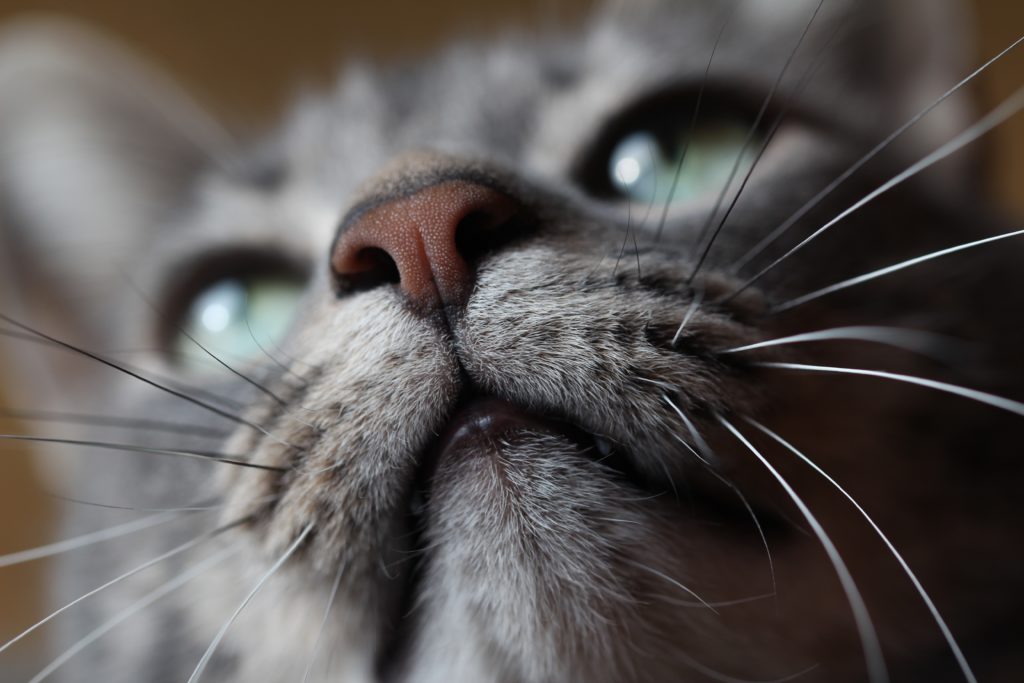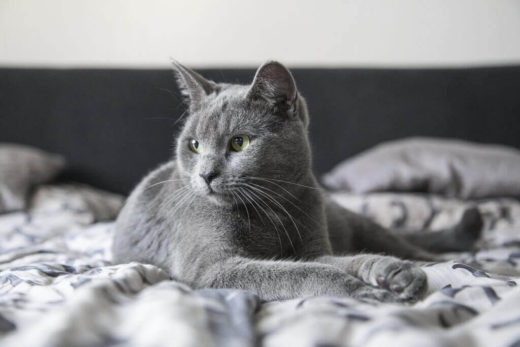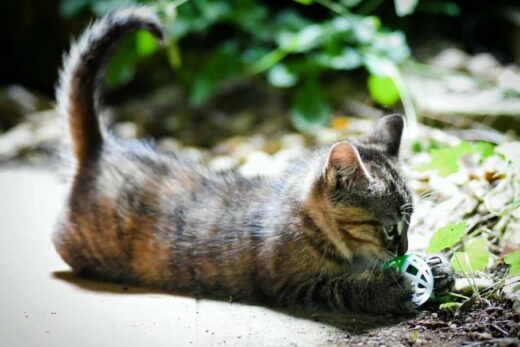Cats are natural groomers. It is one of a cat’s favorite pastimes, lazing around the house, licking and grooming himself. Sometimes though, your cat’s licking and grooming behaviors could get out of control and become a problem. When a cat’s grooming becomes obsessive-compulsive, he can wind up losing fur and grooming himself raw, especially if he’s over-grooming because he is itchy.
What Is Over Grooming?
Oriental breeds are more prone to obsessive grooming than other breeds, although any cat can engage in these behaviors. If your cat is going overboard with licking and grooming, it’s probable he has some underlying condition you may not know about yet. In fact, you may not know there is anything wrong with your cat until you see him losing hair or developing redness and irritation. Cats are super sly on the best of days, making it difficult to tell when something is off.
Even when you notice your cat is grooming excessively, you may not realize it’s because he is itching until you see him scratching a lot or developing other signs of skin irritation. This article is going to discuss the major causes of cat itching and review potential treatment options and preventative measures.
Why Is My Cat Itching So Much?
Pruritus is the technical term for itching in cats. However, itching in and of itself is not a disease or health condition. It’s merely a sign of one and it may be accompanied by other symptoms depending on the underlying cause. One of the most difficult things is figuring out why your cat is scratching in the first place. There are different feline skin conditions that can plague a cat and they can all share many of the same symptoms. This makes narrowing down the root cause much harder. The best thing to do is start with the top causes of feline itching and go from there.
Your Cat Has Fleas
This is probably one of the most common and obvious reasons your cat is itching like mad. Fleas can multiply very quickly, especially with cats. You may not even know your cat has fleas until the infestation has become out of control. Worse, even with one flea your cat can itch like crazy and drive himself and you nuts. This is because flea saliva often triggers an allergic reaction in a cat and leads to intense scratching, licking, chewing, and biting in an effort to find relief. If you suspect your cat has fleas (or a flea) or your feline is allergic to fleas, you should do a thorough check and get him treatment as soon as possible.
Even if you don’t see any actual fleas, you may notice something that looks like dirt on your cat, especially in areas where fleas like to congregate. These little black granules, called flea dirt, is actually flea poop. It’s what a flea produces after it gorges on your cat’s blood and it goes through the digestive process. Flea dirt may be visible in areas like your cat’s tummy, his lower back, and near the base of the tail. If your cat keeps scratching but you see nothing, he may have eaten the fleas (and the flea dirt) during his frenetic grooming. Your best bet is to make sure your cat is on some kind of flea preventative treatment. If he is, and continues to itch and scratch, there may be a different problem that needs to be addressed.
 Your Cat Has Other Parasite or Insect Bite
Your Cat Has Other Parasite or Insect Bite
Your cat can itch because of other types of bugs and parasites too, not just fleas. Especially if your cat spends a lot of time outside. Outdoor cats run higher risks of being exposed to other animals, as well as the parasites they carry. Mites can be a problem and are highly contagious, feline ear mites especially. However, ear mites aren’t just relegated to your cat’s ears. Cats can also suffer insect bites, like mosquito bites, fly bites, bee stings, and wasp stings. Insect bites are usually on a cat’s face or ears, where there is less hair. This makes it easy to differentiate from something like fleas or mites. Cats can also pick up ringworm from being outside and around other animals. Like mites, ringworm is highly contagious and causes extreme itchiness. Ringworm is easier to recognize as well because your cat will usually develop flaky lesions that look red in the middle, along with hair loss in the area.





